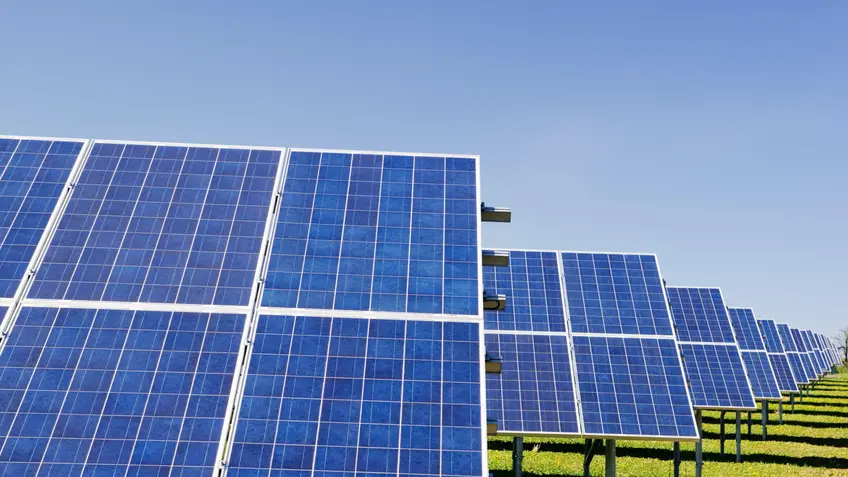Identifying Gaps and Accelerating Support for Global Adaptation Needs
Countries and communities around the world are already experiencing the severe effects of climate change, particularly in the Global South. In its 2023 Assessment Report and Summary for Policymakers, the Intergovernmental Panel on Climate Change (IPCC), noted: “Vulnerable communities who have historically contributed the least to current climate change are disproportionately affected.” The report is unequivocal, stating that losses and damages will continue to increase without accelerating rapid, deep and sustained mitigation and adaptation actions.
In this context, adaptation refers to both present and future measures taken to cope with the impacts of climate change. This primarily includes adjusting our individual and societal behaviors, practices and infrastructure in line with an informed, holistic analysis of climate-related risks. This analysis, let alone the physical implementation of adaptation measures, requires a significant input of time and financial resources, often out of reach of many developing countries.
Despite considerable progress, the IPCC remarks that most adaptation is “fragmented, incremental, sector-specific and unequally distributed across regions,” adding “Adaptation gaps exist across sectors and regions and will continue to grow under current levels of implementation, with the largest adaptation gaps among lower income groups.” The key barriers to adaptation outlined in the report include a lack of financial resources and political commitment, as well as a low sense of urgency.
Though the total amount of adaptation finance has steadily increased since 2014, there remains a growing gap between the amount of money set aside and the actual costs of adaptation measures worldwide. The IPCC report notes that a significant reason for this is that the “overwhelming majority of climate finance goes towards mitigation rather than adaptation.” Around 80 percent of global climate finance is direct toward mitigation, meaning that financial flows are not keeping pace with adaptation needs, making it challenging for developing countries to holistically address the rising climate challenge.
To help address this issue, a growing number of countries are including adaptation targets and actions in their Nationally Determined Contributions (NDCs). This can help to ensure that climate action is meaningful and comprehensive and aligned with national development priorities and social needs, while also attracting critical financing and investment. An impressive 86 percent of recently updated NDCs have an adaptation component to them, indicating that demand for adaptation-related technical assistance and financing is set to significantly increase moving forward.
Unsurprisingly, the NDC Partnership receives a high volume of requests for support focused on adaptation planning and implementation, as well as monitoring and evaluation (nearly 1,300 out of over 5,500 total as of 2023). Approximately half of the adaptation-focused requests remain unsupported, however, and this is a cause for concern, particularly given the rise in requests expected due to the prioritized adaptation measures contained in revised NDCs.
To better understand the response deficit, the NAP Global Network recently published an Insight Brief, Adaptation: Where Developing Countries Are Requesting Partnership Support, analyzing the adaptation requests submitted to the Partnership to develop practical recommendations for boosting overall response rates.
One of the Brief’s key findings is that substantial financial and technical assistance for greater adaptation action is already available across the wider Partnership network. Better communication, clarity and awareness are required across all partners, however, in order to increase visibility and the likelihood of positive responses for support.
One example of this would be for countries to “crowd in” more sectoral requests for support, meaning member countries submitting requests could include a greater number of sectoral adaptation priorities and thus help get greater visibility for these priorities. Furthermore, countries should strive to identify internal synergies for support requests. Countries that submit adaptation requests to the Partnership should, for example, identify linkages with needs identified in their National Adaptation Plans (NAPs) to maximize support-related efficiency and efficacy.
There is significant consensus on the need to prioritize adaptation efforts, including upscaling responses to existing and forthcoming requests for assistance. Adaptation-related finance has significant catching up to do, but it is increasing constantly, indicating that high-income countries acknowledge the importance of delivering decisive, fair and equitable adaptation assistance to developing countries.
"As finance for climate change adaptation scales up, it needs to be guided by the national priorities countries are articulating in their NAPs and NDCs,” says Orville Grey, Head of the NAP Global Network Secretariat. “Though each country's circumstances are unique, we're seeing NAPs and NDCs play complementary roles – NDCs can be the ‘what’ and NAPs can be the ‘how’. NDC adaptation components can set out the high-level vision, objectives, and needs a country hopes to address through its adaptation efforts, and NAP processes can be a country-driven, operational vehicle that integrates adaptation into national and sub-national planning processes and implements the adaptation priorities set out in the NDC."
